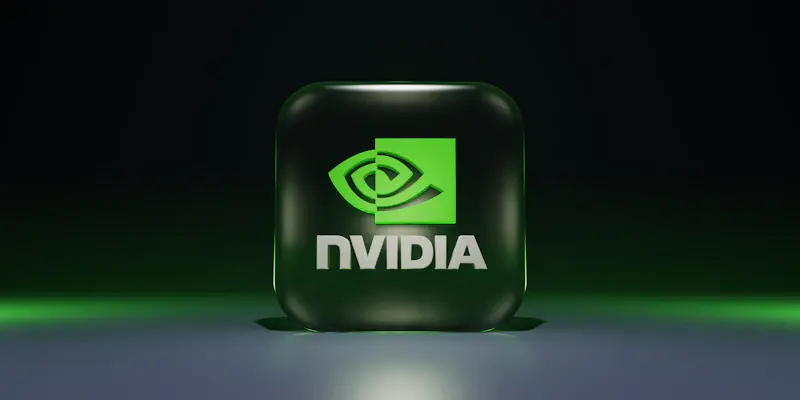NVIDIA recently unveiled Dynamo, a pioneering open-source inference software designed to enhance the efficiency and scalability of reasoning models in AI factories. This innovation promises to elevate GPU resource management, making AI inference more cost-effective and capable of generating significant token revenue. Positioned as the successor to the NVIDIA Triton Inference Server, Dynamo is poised to redefine AI inference software.
Turbocharging AI Inference
Advancing Token Generation and Revenue
NVIDIA Dynamo’s primary objective is to streamline and accelerate the AI inference process across numerous GPUs within AI factories. Efficient AI inference management directly impacts cost-effectiveness and token revenue, which are critical performance metrics for AI models. As various industries integrate AI models, the emphasis on generating more tokens per prompt grows, thus enhancing revenue and growth for AI service providers.
Innovative Disaggregated Serving
A standout feature of Dynamo is its disaggregated serving capability, which segments the computational phases of large language models (LLMs) across multiple GPUs. Each phase can then be individually optimized to match its precise computational needs, thereby maximizing GPU utility. This innovation promises a performance boost and greater revenue generation using existing GPU resources, as demonstrated with NVIDIA’s Hopper platform and Llama models.
Enhanced Token and Resource Management
Performance Doubling Innovations
Dynamo can significantly bolster AI factory performance, doubling output and revenue using the same GPU count. This capability has been proven with Llama models, showcasing a more than 30-fold increase in token generation per GPU, directly correlating with better performance and fiscal outcomes. Its adaptability in managing and reallocating GPU resources in real-time further ensures operational efficiency.
Smart Resource Allocation
Adaptive resource management is key to Dynamo’s efficiency. The software can dynamically add, remove, and reallocate GPUs based on real-time demand, optimizing throughput and preventing wasteful GPU usage. It also routes inference queries to the most suitable GPUs for response computations, reducing overall costs and improving processing speed.
Open-Source Versatility
Broad Compatibility and Adoption
Dynamo’s design as an open-source platform ensures broad compatibility with existing frameworks, including PyTorch, SGLang, NVIDIA TensorRT-LLM, and vLLM. This openness encourages widespread adoption among enterprises, startups, and researchers, allowing them to develop and refine serving strategies without being constrained by proprietary systems.
Early Industry Adoption
Major players like AWS, Google Cloud, Meta, and Microsoft Azure are expected to integrate NVIDIA Dynamo to optimize their AI workloads. By managing inference traffic bottlenecks and scaling AI models more cost-effectively, these organizations can enhance performance and innovation in their respective fields.
Enhanced Integration and Support
Partnerships with AI Platforms
AI-focused companies, such as Perplexity AI and Cohere, plan to utilize Dynamo’s capabilities to further their technological advancements. For instance, Cohere aims to boost its Command models’ agentic AI features through better multi-GPU scheduling and communication, showcasing Dynamo’s potential impact on emerging AI solutions.
Disaggregated Benefits for Better Inference
Disaggregated serving capabilities are crucial for reasoning models like NVIDIA Llama Nemotron, which require separate phases for understanding and generation. By isolating these phases, Dynamo ensures swift and efficient response times, making it an essential tool for future AI developments.
Dynamo’s Core Innovations
Intelligent GPU Management
Dynamo features a sophisticated GPU Planner that dynamically adjusts resources based on user demand, thus preventing over or under-provisioning. This intelligent allocation enhances performance, especially during varying demand cycles.
Advanced Communication and Memory Optimization
The Smart Router, another innovation within Dynamo, leverages language model awareness to minimize GPU recomputation. Additionally, the Low-Latency Communication Library ensures rapid GPU-to-GPU data transfer, while the Memory Manager optimizes data handling by offloading to cost-effective memory devices, maintaining seamless operations and enhancing user experience.

